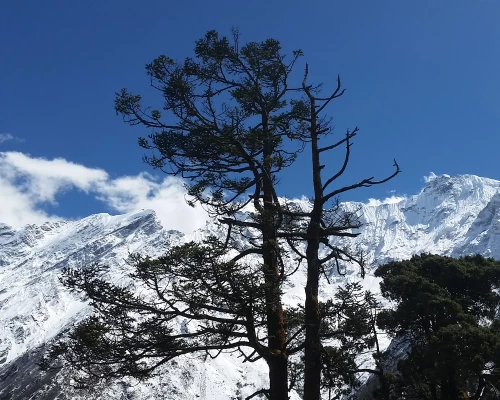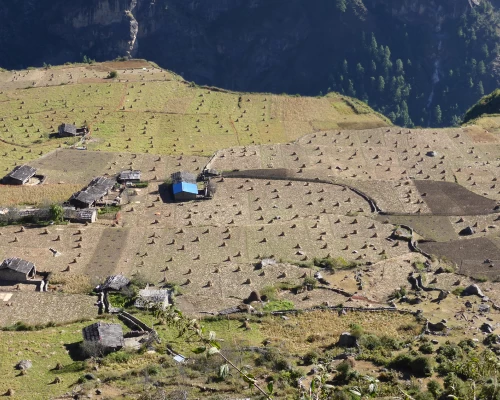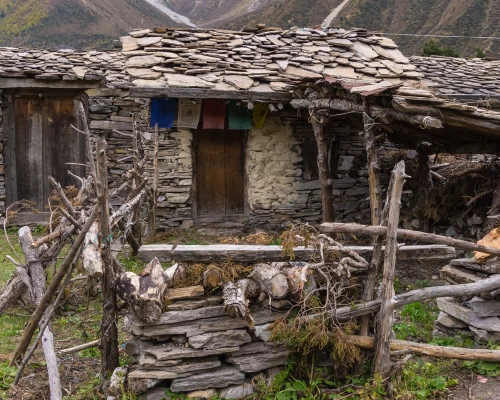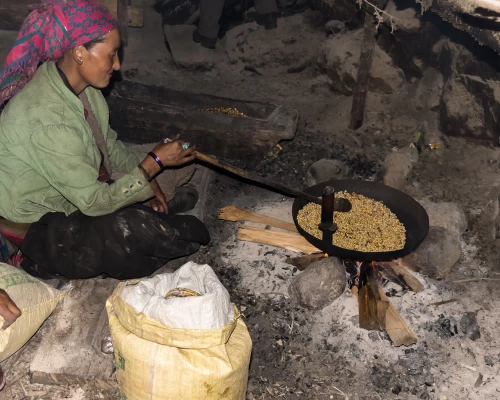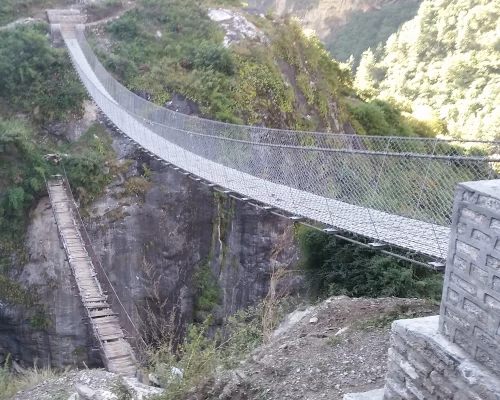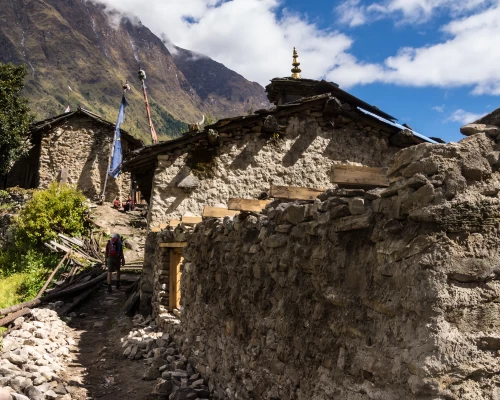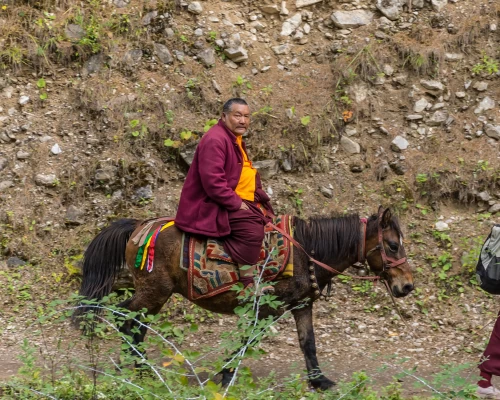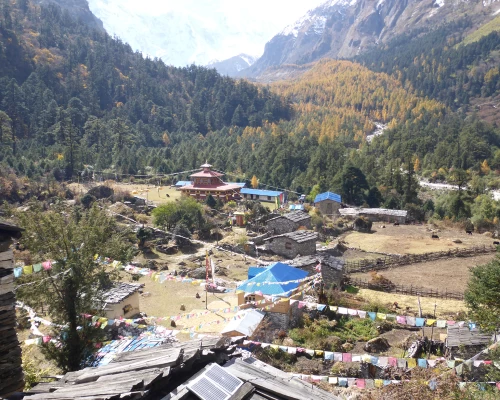Tsum valley trekking is one another beautiful trek in Manaslu region. This trek is culturally and naturally distinctive. Where most people are Tibetan origins and rich in ancient art, religion, thousands of stone slabs carve with the deities, chortens, maniwalls, and prayer wheels, prayer flags hanging over the passes, houses and ritual sites. Geographically this Himalayan pilgrimage valley lies on the backdrop of Shringi Himal, Buddha himal and Mt. Ganesh himal. It is used to call 'Tsum Tso Chuksum', which means thirteen provinces ruled as a single territory in Tibetan language. Still, it is visible the ancient remains of the Tsum Kingdom. The Buddhist saint Milarepa is believed that he had meditated in the caves around these mountains for a long time so it is important as a pilgrimage holy valley.
Tsum valley trekking permit
- Tsum valley trek permit from September to November (autumn) will cost USD 40 for the first seven days and USD 7 for each additional days.
- Tsum valley trek permit from December to August (winter, spring, and summer) will cost USD 30 for the first seven days and USD
- For children under 10 years of age, no need to apply for permits
- Trekkers need permits for MCAP and ACAP
- Local Entrance Fee: As of 2024, some local governments in the region may also levy an additional entrance fee (around NPR 1000).
Manaslu Conservation Area Permit Fee:
- MCAP Entry Fee for SAARC: NRs.1000 per person
- MCAP Entry Fee for other nationals: NRs. 3000 per person
Best Time to Visit:
The ideal seasons for the Tsum Valley Trek are spring (March to May) and autumn (September to November). During these periods, the weather is generally stable, offering clear mountain views and pleasant temperatures.
Spring (March- May): Mild and sunny, with rhododendrons in bloomAutumn (Sep- Nov): Clear skies, vibrant autumn colors in the forests.
Winter (December to February): It is possible to trek in the winter too, but the possibility of snowing at higher altitudes and villages.
Monsoon (March- May- August): It is possible to trek in the monsoon even if it is raining in the lowlands.



